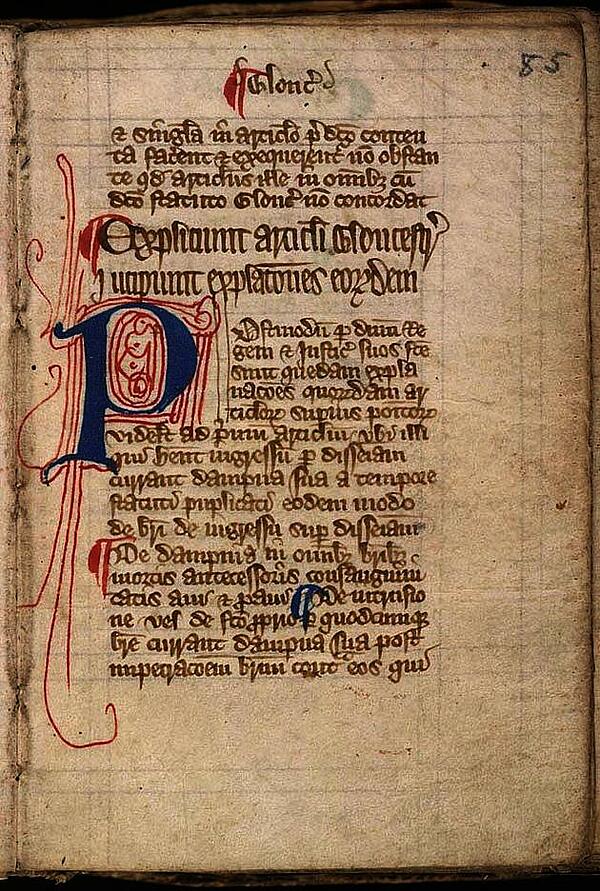Magna Carta
In June 1215, King John signed the Magna Carta. This document was set to become one of the most important in Medieval England, and beyond.
Named after the Latin for ‘Great Charter’, the Magna Carta was a document signed by King John and the feudal barons at Runnymede near Windsor Castle. It was created to define the way in which the country would be run, limiting the king’s power to prevent the population of England suffering abuse from future Royalty and promising the king would govern according to the customs of feudal law.
This significant document was ground breaking for two reasons. Firstly, it placed significant constraints on the king’s powers and the powers of any members of the Royal family that followed. Additionally, it has sparked centuries of debate over why any king would choose to sign such an agreement.

At the centre of the Magna Carta was the relationship between the king and the barons. The king relied on his barons to raise money for him through taxes and subsequently boost his military, which would then be used to defend England and overseas territories. As was typically the case with a Feudal System, this made the king reliant on barons to enforce and collect the taxes.
However, while this system was effective in Medieval England, John frequently sought tax increases to fund his ever-expanding overseas military campaigns. By 1204, following the loss of land in France, John made the decision to bypass the typical Feudal process and decided to bring in higher taxes without consultation with his barons.
King John also lost favour elsewhere, angering the Roman Catholic Church and prompting the pope to ban all church services in England from 1207. Heavily reliant on the churches as a means of avoiding an eternity in Hell, barons and peasants alike soon turned against the king.
John’s position soon worsened, as the pope made the decision to excommunicate him in 1209. This rendered it impossible for the king to make it into Heaven unless it was withdrawn, and so in 1214 John made the decision to accept the church’s power.
Despite winning back favour with the church, John faced further anguish that year when he faced another military defeat in Northern France. Angered once more, he arrived back in London demanding further taxes, but he met with strong opposition from the barons who captured the city.
While not completely defeated, John’s position had been weakened once more and in the Spring of 1215 he met with the barons to discuss how they could move forward. This resulted in the creation of the Magna Carta, the transcript for which outlines all 63 clauses set out in the agreement.
Covering both the position of the Catholic Church in England and the relationship between the king and the barons, the Magna Carta’s aim was to modernise the legal system and to make it possible for all to gain access to the court system regardless of their position.
The agreement also includes a declaration that no freeman can be punished without being properly processed by the legal system, although this was later changed to “no one” to include all of England’s population.
The Magna Carta was concluded with a section describing how it should be imposed. Under the deal, 25 barons were given the responsibility of ensuring the king met his obligations, and all were allowed to use force where required.
Finally, the royal seal of the kind was used to demonstrate that the deal had royal approval, and that King John himself had promised to oversee significant changes to secure a happier further for England.

MLA Citation/Reference
"Magna Carta". HistoryLearning.com. 2026. Web.
